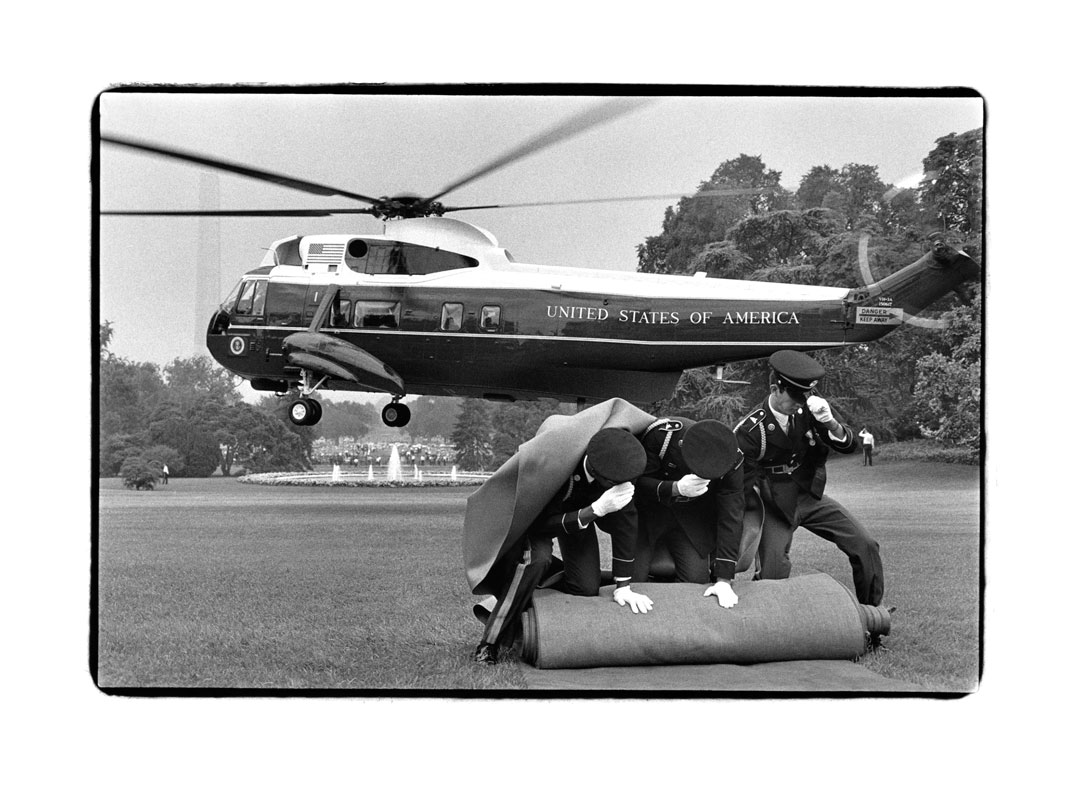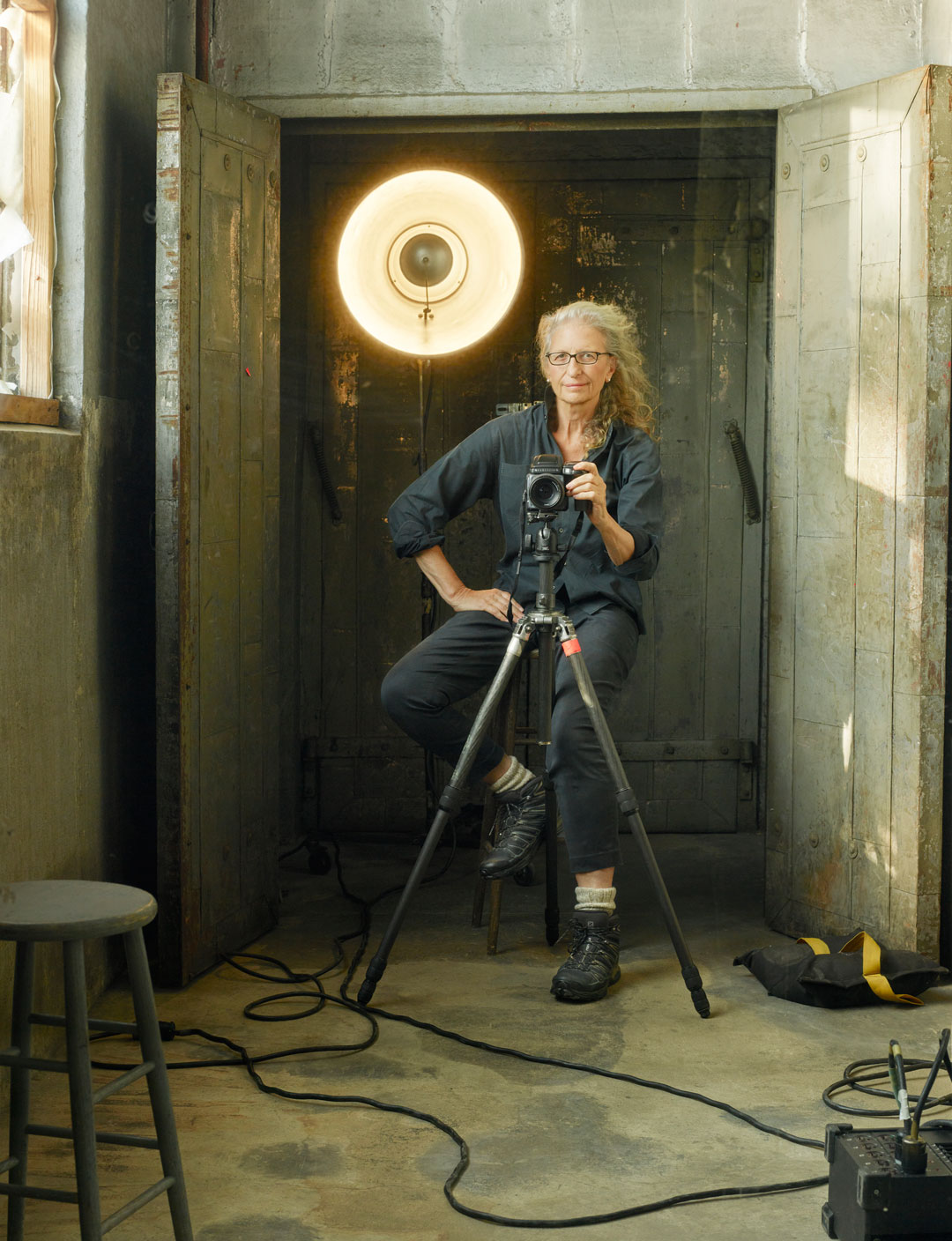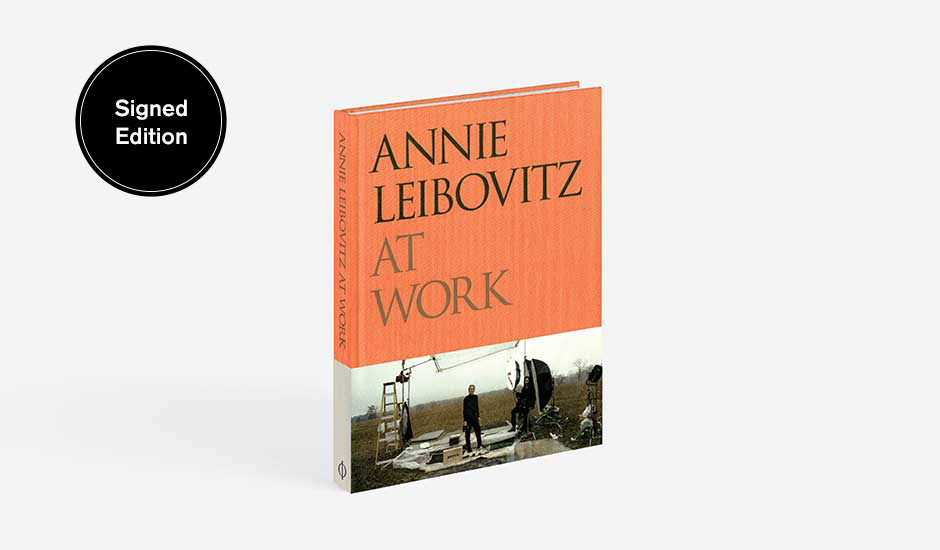
How Annie Leibovitz caught Richard Nixon's final flight
Leibovitz recalls teaming up with Hunter S. Thompson to document Tricky Dicky’s dishonourable departure
Annie Leibovitz arrived at Rolling Stone in 1970 around the same time as one of the magazine’s most famous writers, and the pioneer of gonzo journalism, Hunter S Thompson. “He came to the office with a six-pack of beer,” writes Leibovitz in her new book Annie Leibovitz At Work, “to pitch a story about running for sheriff in Aspen on the Freak Power ticket.”
Rolling Stone might have been a rock music magazine, but, as Leibovitz recalls, “it was hard to avoid politics in the early seventies in San Francisco.” Much of that political coverage focussed on one figure: President Richard Nixon.
Thompson had been railing against Nixon since his election in 1968, and when Leibovitz joined Thompson to cover the story for Rolling Stone, it was clear that, as Annie puts it, “the guy was about to be defeated.”

“When Nixon came to California in July, Hunter and I were invited to a strange cocktail party for the press at San Clemente,” she writes. “Hunter gave me some mescaline. I took mescaline maybe twice in my life, but when you were in Hunter’s world you did what he did.
“The event was off the record, although I didn’t know what that meant then. I was taking pictures because it seemed like the thing to do, and I couldn’t understand why people were looking at me strangely. Ron Ziegler, Nixon’s press secretary, was wearing shorts. There was a banner on the wall that read HANG IN THERE MR. PRESIDENT.”
“Two weeks later we were there in Washington to cover the end,” recalls Leibovitz. “I had been one of the last journalists to be given credentials to get into the White House, and I was there waiting. Hunter was back at the hotel. Every reporter on the planet was at the White House, and Hunter was in the swimming pool at the Hilton with a battery-powered TV set.”
In the end, Thompson’s copy arrived too late for the forthcoming edition of Rolling Stone, so the magazine ran Annie’s pictures without the accompanying article, letting Leibovitz’s carefully observed images speak for themselves.
“When Nixon walked down the red carpet towards the helicopter that would take him away, there were dozens of press photographers, most of them shooting with long lenses to get in tight, since the news magazines didn’t have room for larger pictures,” she writes. “Everyone pretty much moved away after Nixon was inside the helicopter and the door was closed. The guards began rolling up the carpet. It wasn’t the kind of picture that most magazines would want to run or had room to run then, but a lot can be told in those moments in between the main moments.”
